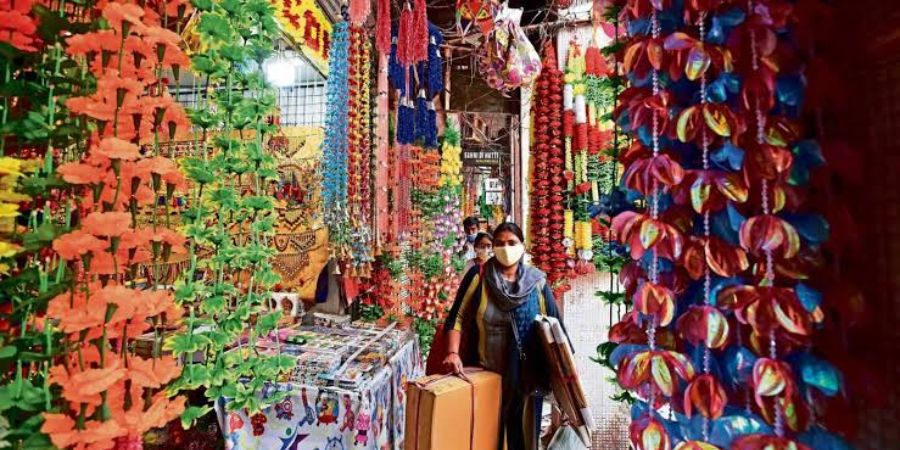

In New Delhi: Prior to India's busiest holiday season, household spending patterns are signalling a widening gap in demand recovery while inflation stays over 7% and unemployment keeps climbing.
Consumer goods manufacturers report strong demand for products costing close to $2,000, but industry sales figures for low-cost phones priced under $100 and motorcycles, a sign of rural demand, show a worse trend.
Customers are looking for high-end items, according to Satish NS, senior vice president of Haier Group Corp.'s Indian division, which has its headquarters in Qingdao, China. Sales of double-door refrigerators and front-load washing machines that cost around Rs 150,000 ($1,878) are higher than those of low-end products, pushing us to shift into "top gear" with our supply chains, he said.
A disturbing aspect for an economy that depends on private consumption for almost 60% of its growth is low-income earners remaining on the sidelines and being unable to recapture their pre-pandemic hunger for purchasing. By hiking borrowing prices, India is attempting to combat its high inflation, but this might potentially reduce consumer demand.
According to Abhishek Gupta of Bloomberg Economics, "When the economy is performing well, the worry on inequality tends to be overshadowed by the overall expansion." However, the economy is currently facing a number of challenges, such as rising inflation and recession risks, and the production gap still remains negative, adding to the risk to the recovery's pace, according to Mr. Gupta.
Pew Research Center defines persons with low earnings as those who earned between $2.01 and $10 per day, which equates to 1.16 billion of the country's almost 1.4 billion inhabitants.
Data published by Banco Santander SA show that Indians allocate 30% of their total income to basic needs like food, compared to just 10% in China, which is a strong sign that their purchasing power is being constrained by rising expenses of living. The rising unemployment rate is likely aggravating the situation further economic data.
According to Kamal Nandi, business head of the appliances division at Godrej and Boyce Co., which like other businesses depends on the holiday season, which culminates in "Diwali" next month, for a widespread recovery in consumption across urban and rural segments, "we are not seeing the mass segment growing at all in terms of volumes compared to the pre-pandemic levels."
Abhijit Roy, chief executive officer of Berger India, agreed, pointing to this year's higher demand for premium services in urban markets as opposed to rural ones, where possibilities and compensation typically trail those in cities.






